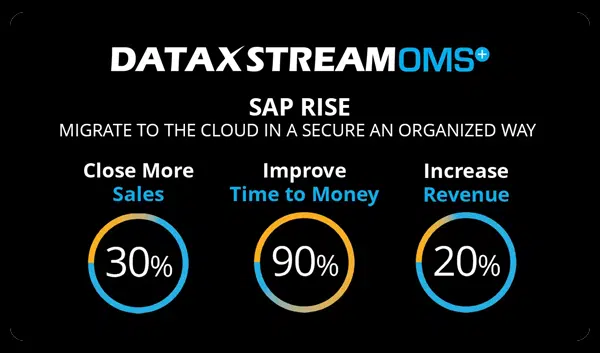Unified commerce supports sales channels by a single platform that harnesses the retail operations to create a single connected solution for wholesalers. The goal of unified commerce is to create a seamless customer experience through the entire sale lifecycle. Unified commerce has become the new imperative in a market so highly dependent on ease, as B2B and B2C aimed efforts have created a new standard for Wholesalers and retailers alike.
Mckinsey and Company highlights the building blocks of successful customer experience transformations by supporting the claim that companies that prioritized customer experience realized three times the shareholder returns compared to the companies that did not. Overall, unified commerce channels allow for this capability, promoting a competitive advantage and improving customer satisfaction. The capacity to improve customer satisfaction can be a game changer for some companies in a time where technology stands still for no one.
Which retail trailblazer can we look to?
The retail super giant, Amazon, has been an innovative force in the ecommerce space for decades and shows no sign of slowing down. For many, Amazon has been the standard bearer for growing your business by leveraging available data to increase sales.
Amazon’s success in the wholesale and ecommerce industry comes down to two factors that Amazon and others in the field are constantly refining: leveraging data and modernizing the customer experience. The ease of their purchase process makes Amazon the premier retailer, tapping into various industries, Amazon dominates in every category.
Shortcomings of Omni-channel
Omni channel communicates within its channels, creating a flow of its sales processes, where unified commerce takes this a step further to seamlessly connect its channels to optimize accuracy and customer experience. The main differentiator is that unified commerce not only provides full transparency, but also gives you the most current information, as it does not have the added step of communicating between channels.
This customer experience is so valuable because it aides in areas such as brand advocacy, loyalty, and customer retention, all of which can be affected by the timeline discrepancy and the software shortcomings of an omni-channel sales approach. Using omni-channel operations is a detriment to operations, having no access across channels to ensure an integration of data for the consumer and on the Wholesalers end. Many wholesalers are still utilizing omni-channel will fall to the wayside as unified commerce makes its way to become indispensable in the wholesale distribution arena.
Innovative solutions that mirror Amazon’s efforts
With systems and software in place to increase visibility, data aggregation, and real time inventory, products like DataXstream OMS+ not only streamline the customer experience, but you can expect a significant decrease in errors and the costs associated with inventory in accuracy with OMS+.
Just as rapidly as technological processes change, so do customer expectations. These trailblazers pave the way for others to replicate, in this case: unified commerce channels. Wholesalers can mirror the strategies of Amazon, centralizing data of the customers and products to reflect the customer expectation within the consumer process.
In a hyper-competitive market, unified commerce is the baseline. As changes in demand drive new business priorities unified commerce allows for scalability, data aggregation, and increased visibility, whereas omni-channel falls short in those categories. Implementing unified commerce channels is Wholesale Distributor’s ticket to staying up to date and relevant in an Amazon world.




